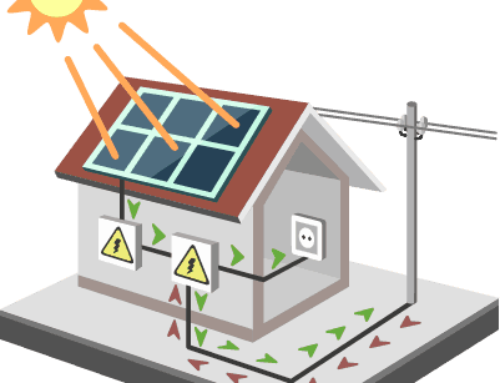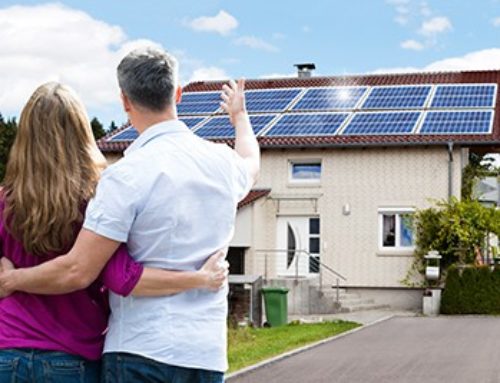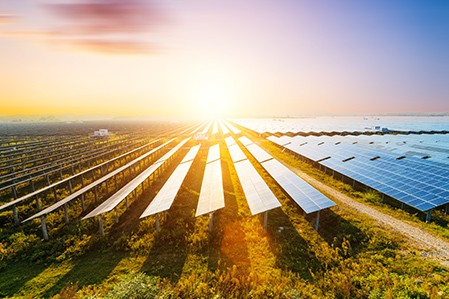
Find yourself wondering: What are Solar Energy Fields?
Many say “solar is the energy of the future”, as this renewable resource is gaining more and more popularity. And, lately, the mention of solar energy fields has increased significantly. So, what are solar energy fields, exactly? And, why does it matter?
In this article, we will discuss what solar energy fields are, why they are important, and how you can start your own solar energy field.
Firstly, What is a Solar Energy Field?
A solar energy field is basically a crop of energy.
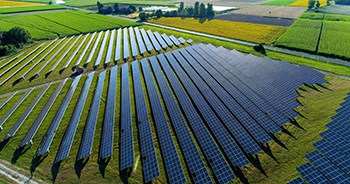
It may also be known as a solar farm, solar panel farm or photovoltaic park. Despite the abundance of names, they are all generally referring to the same thing. Unlike a traditional farm that focuses on tending and harvesting vegetables, a solar farm focuses on tending solar panels and harvesting electricity.
The farm consists of multiple, stationary rows of solar panels that are angled toward the sun. The solar panels capture sunlight and convert it into energy. This energy is then sold to utility companies or used directly by households. This type of large scale solar energy field is known as utility-scale solar. In regard to scale, a photovoltaic park is one of the largest types of utility-scale farms. A photovoltaic park is constructed using hundreds to thousands of solar panels mounted across acres of land.
Solar energy fields are also used on a somewhat smaller scale. Community solar projects, also known as community solar, use solar gardens to provide electricity to multiple homes in a community at the same time. Community solar is often used by people that want to convert to using solar energy, but are unable to because they do not own enough land to place their own solar panels.
The Benefits of Solar Energy Fields
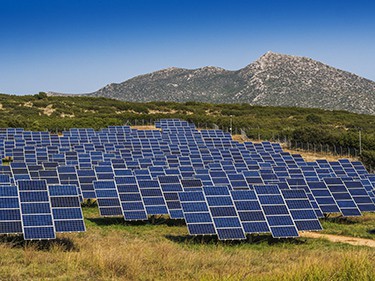
Solar panels require very little maintenance, making this type of farming very cost effect. Solar energy fields also provide a great deal of biodiversity. Typical farms focus on growing a single crop, while solar energy fields allow the area’s native vegetation to thrive alongside rows of solar panels. An area’s native vegetation provides a more suitable habitat for local wildlife. Keeping local habitats intact ensures that the area’s wildlife can thrive.
Positive impacts on the environment are another benefit of solar energy fields. On a typical farm erosion and eutrophication caused by soil runoff are often an issue because ordinary farms grow an annual crop. A solar panel farm doesn’t grow an annual crop at all, allowing an area’s perennial vegetation to flourish instead. Perennial vegetation provides ground cover almost all year-round. This helps to reduce soil erosion and eutrophication on the farm’s land and in the surrounding area.
The Pros of Solar Energy
1. Solar Energy is a Renewable Energy Resource
Sunlight is readily available in most areas; even on cloudy days. The amount of energy that the sun produces for just one hour each day is sufficient to produce enough energy to meet the needs of the entire globe for a full year. Currently we are only able to harness and use approximately 0.0001% of this energy, but companies have began to focus on building a solar panel that is more powerful and cost effective. Continuing strides in this field and demands by consumers make it highly likely that we will be able to harness the sun’s power with greater efficiency in the coming years.
2. Solar Energy can Reduce or Eliminate Electricity Bills
The majority of a household’s daytime energy needs can be met by connecting the home to a solar field grid. The grid typically generates more energy than a household can use, which is also beneficial to cost reduction. The excess energy is diverted back to the grid. This excess energy can then be sold back to the utility company.
Solar field grids do not collect or convert energy at night, so households must rely on electricity purchased from the solar grid. The daytime savings and lower evening costs of buying electricity from the grid still reduces the household’s overall energy bill.
3. Solar Energy Fields have Low Maintenance Costs
The initial solar farm investment is a little steep, but another one of the pros of solar energy is that it does pay for itself over time. After the start-up cost is out of the way, there is very little cost that goes towards maintaining the farm.
There are no moving parts on solar panels, so there is virtually no wear and tear to worry about. Even so, warranties on the panels generally last from 20 to 25 years. Solar panels only need to be cleaned a few times a year, and general maintenance must be performed on the inverter and cables of the solar panels every five to ten years.
The Cons of Solar Energy
1. Initial Cost of Start-up
As previously stated, the initial cost of creating a solar energy field is relatively high. This initial solar farm cost includes buying the necessary supplies required for building a solar panel or buying them from a manufacturer. Those who choose to create a solar energy field will also need to purchase batteries, an inverter and wiring to install the solar panels. It will also take months for farms to see any solar farm profits from their initial investment.
2. Solar Energy Fields are Dependent on the Weather
One of the minor cons of solar energy is that a solar energy field’s efficiency depends on the weather that day. This is only a minor con because solar panels can still collect solar energy on days that are rainy or overcast, but they are not as effective.
3. It is Expensive to Store Solar Energy
Off-the-grid solar energy fields use large batteries to store unused solar energy during the day to be used at night. While this is convenient, it is very expensive to do. It is actually far simpler and cheaper to connect to the grid and purchase energy for nighttime use.
4. Solar Energy Farming Require a Great Deal of Space
The amount of electricity that can be harvested from a solar energy farm depends on the number of solar panels being used. This means that harvesting more energy requires the use of more panels.
Large utility-scale farms are used to power multiple homes in a grid. 1 megawatt of solar energy is enough to power an average of 164 to 200 households depending on energy consumption, and 25 acres of land are needed to produce 5 megawatts of energy.
Cost of Starting a Utility-scale Solar Farm and Profit
In terms of solar farm cost, it depends on the available sunlight and weather conditions in the farm’s location as well as the farm’s size.

To be considered utility-scale, a farm must produce at least 1 megawatt of energy. At that scale the cost of energy has been calculated at $1 per watt, making a farm that produces only 1 megawatt of energy approximately $1 million to construct.
5 acres of land are needed to install enough solar panels to generate a megawatt of power. In terms of solar farm income and a solar farm profit margin, that means the average utility-scale farm of this size would see solar farm profits of $21,250 to $42,500 per acre annually. This also means that it would be years before any real solar farm income would be seen. A solar farm investment will yield large dividends in the future, but it does take time. Solar energy farming isn’t a get rich quick scenario because a solar farm profit margin is generated steadily over time.
